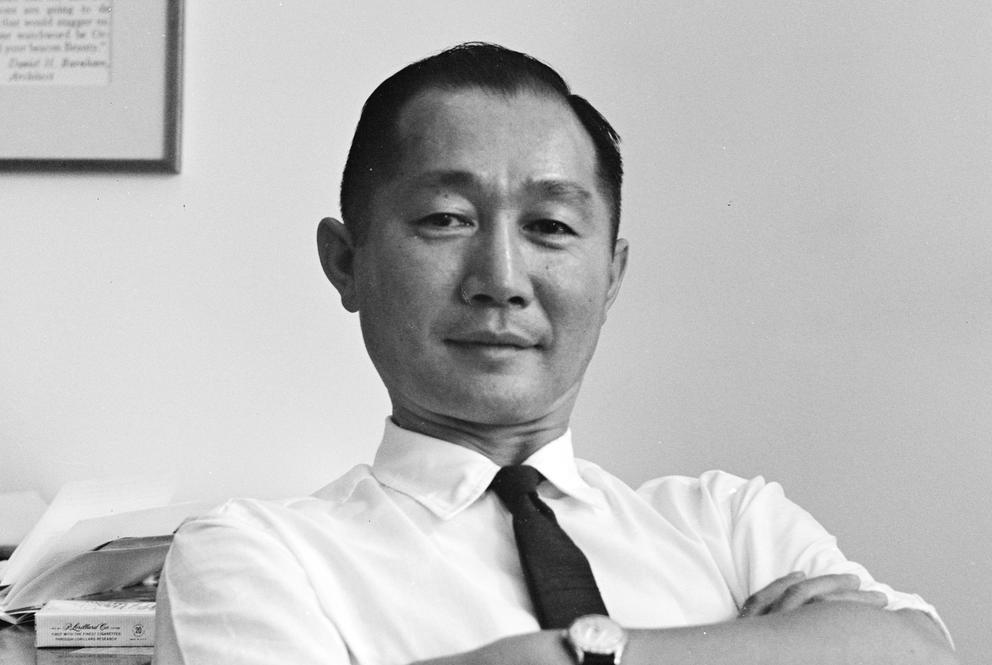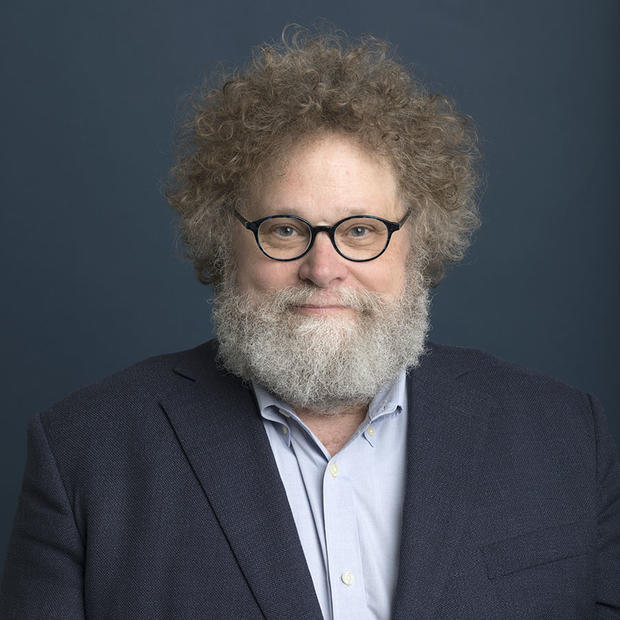Minoru Yamasaki was born in Seattle in 1912, studied architecture at the University of Washington and went on to design some of the most celebrated buildings of the 20th century. Among them: the World Trade Center in New York and the Pacific Science Center in Seattle.
Yamasaki aimed to do something that few were doing at the time. He subverted the bare, minimalist and sometimes brutalist trends of mid-century modern buildings with fine details that evoked elegance and beauty.
Subscribe to Mossback on Apple Podcasts, Spotify, Amazon, or Podbean.
Cascade PBS’s resident historian Knute Berger explored Yamasaki’s career and legacy in a recent episode of the Mossback’s Northwest video series, but there’s much more left to discuss.
In this episode of Mossback, co-host Stephen Hegg joins Berger to hear more about Yamasaki’s early life experiences and how they influenced his work; his approach to architecture and how it differed from the prevailing cultural winds of the time; and the process of creating his most acclaimed buildings and the blistering critiques they sometimes received. Plus, Berger and Hegg take a field trip to Rainier Tower, a striking Seattle skyscraper and one of Yamasaki’s most controversial designs.




